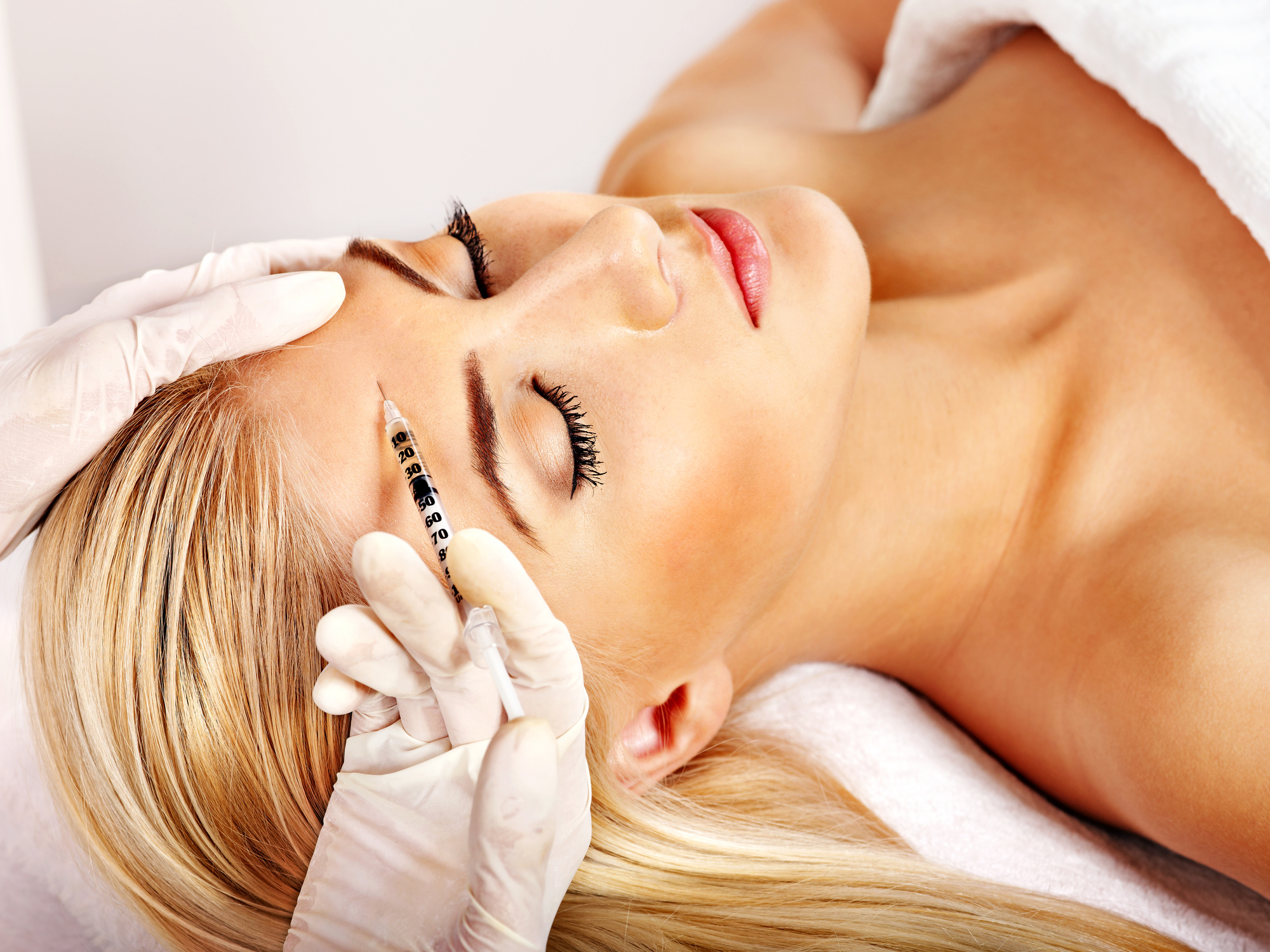Lawrence A. Schiffman, D.O., FAOCD - Board Certified Dermatologist
get connected
Published April 21st, 2022 by Thepracticeagency

Have you ever wanted to erase fine lines and wrinkles from your face, or prevent them from occurring altogether? With 4.4 million documented Botox procedures in 2020 alone, this simple cosmetic injection has skyrocketed in popularity over the last several years for multiple different age groups.
What does Botox do? How does it work? And, most importantly, where can you get this procedure done? Here is all you need to know about Botox:
Botox (onabotulinumtoxinA) is a cosmetic injection used to treat fine lines, wrinkles, and signs of aging. Botox can even prevent the formation of fine lines and wrinkles. Derived from a bacteria called Clostridium botulinum, Botox is a low-risk way to target specific facial muscles and reduce the appearance of aging in skin.
Typically, the three main areas treated with Botox are the frown lines (between your eyebrows), crow's feet (next to your eyes), and forehead. With just a few small injections of Botox administered by a skilled licensed injector, the lines that exist in these areas will be treated in a precise and deliberate method.
Botox has been an FDA-approved method of reducing signs of aging for 20 years now and remains a very popular and easy cosmetic procedure. Though it is meant to reduce the appearance of fine lines and wrinkles, this treatment works well for a wide span of age groups.
Botox works by targeting very specific muscles under the skin and blocking their movement. As a result, the appearance of fine lines and wrinkles will ultimately decrease. In many cases, these lines will disappear altogether.
The effects of Botox are temporary and are typically touched up every three to six months. The length of time Botox lasts may vary from person to person and the dosing can be assessed at each appointment if the results don’t last the desired amount of time.
Because Botox is an injection, it is often confused with dermal fillers. Another great, low-risk option for treating signs of aging, dermal fillers are primarily used to treat hollowness and volume loss caused by aging. However, filler works differently than Botox and is typically injected into different areas of the face.
In addition to reducing already present signs of aging, Botox can prevent the formation of wrinkles altogether. Botox prevents movement of the wrinkle-causing muscles in your face and so if these muscles aren’t as active, then wrinkles can’t form. However, it is important to understand that Botox cannot permanently reverse the appearance of wrinkles that have already formed.
Botox, though an injection, is minimally painful. Many people don’t even use numbing cream prior to the procedure.
However, if you are concerned about pain, topical numbing cream is a great and simple way to reduce any pain you may feel during the procedure. The cream only takes a few minutes to work and can serve as an effective method of pain mediation.
The Botox procedure itself only takes a few minutes as well, and you can leave immediately after your appointment. Botox is both quick and convenient, and the downtime for this procedure is brief as well.
You might see some swollen, red bumps at the injection sites after your visit, but don’t worry. These are normal and should quickly resolve on their own within 30 to 40 minutes after the procedure.
There are also a few restrictions after your appointment that you must follow in order to make sure your injections settle in perfectly.
Increased circulation can cause the Botox to migrate to other muscles and other parts of your body. So, you should avoid lying down for several hours after your appointment and should not exercise or move excessively for around 24 hours after your procedure. Botox treats in a very specific, targeted way and so lying down or moving excessively could ruin the precision of these injections.
Though you may start seeing results within the days following your appointment, the final results of this procedure take about 10 to 14 days on average. After two weeks, the effects of the Botox should not progress any further.
Like with any procedure, side effects are possible. However, the side effects of Botox are very rare.
In very few cases, swelling or drooping of the skin or eyelids may occur. This is a rare side and temporary effect that is not likely to happen after your treatment.
Other possible side effects include bruising, headache, tiredness, vision changes, and allergic reactions. Again, side effects are very rare and do not happen to most people. Your chances of experiencing side effects decrease further when you are treated by a skilled injector, so be sure that your injector is a licensed medical professional.
The price of Botox depends on a few different factors, including the skill and experience level of your injector. It may also vary depending upon the amount of Botox used, so be sure to check with your medical provider before getting this procedure done.
Now that you know the answer to the question "what does botox do," all that’s left to do is book your appointment. Booking with a licensed medical provider is extremely important, as they are experts in their field and can tailor your treatment to fit your exact needs.
When you do go in for your appointment, be sure to discuss your desired outcome when it comes to Botox. From reducing forehead lines to preventing crow’s feet, you can achieve your desired Botox outcome after one visit. Book your appointment today.

Comments